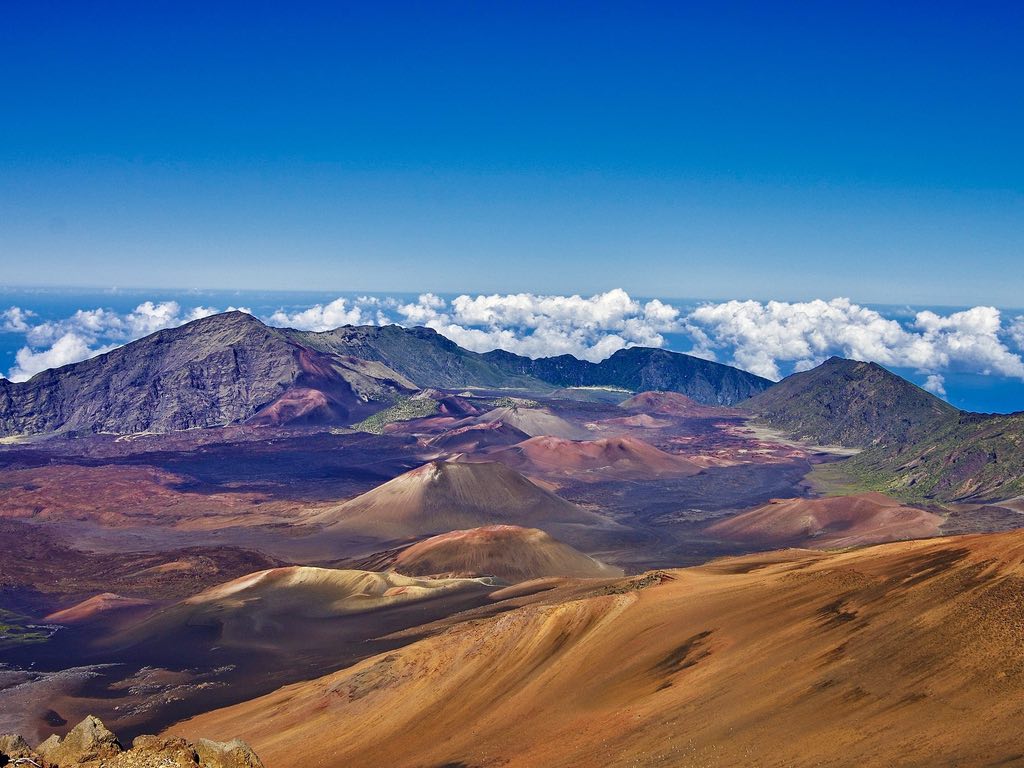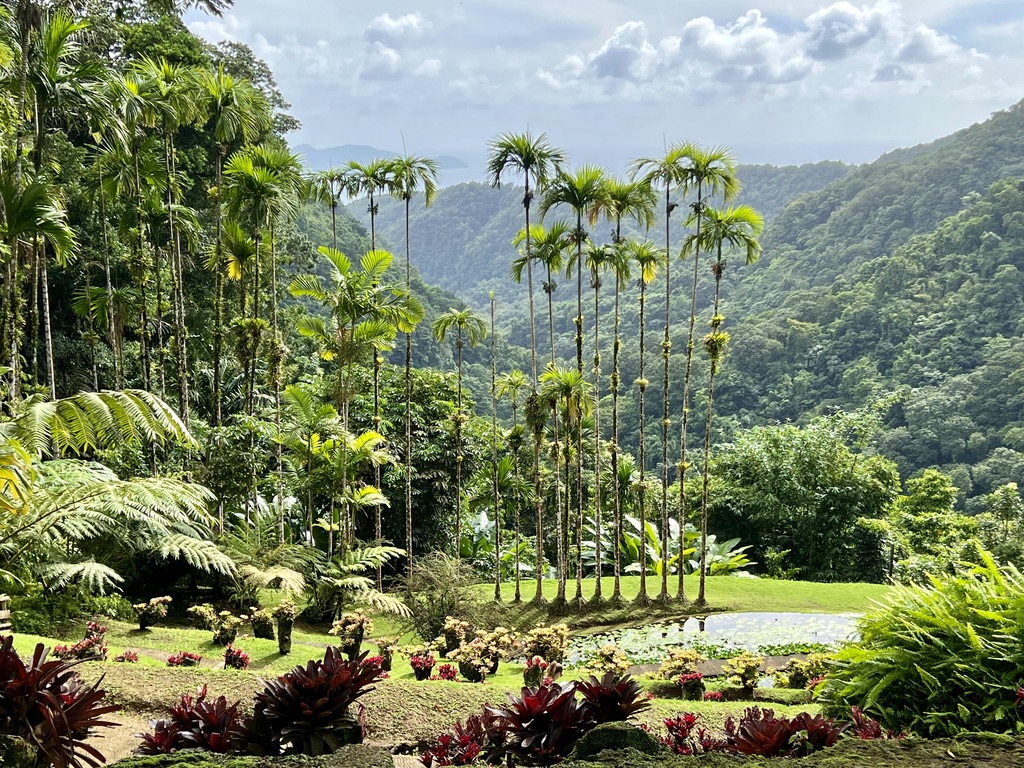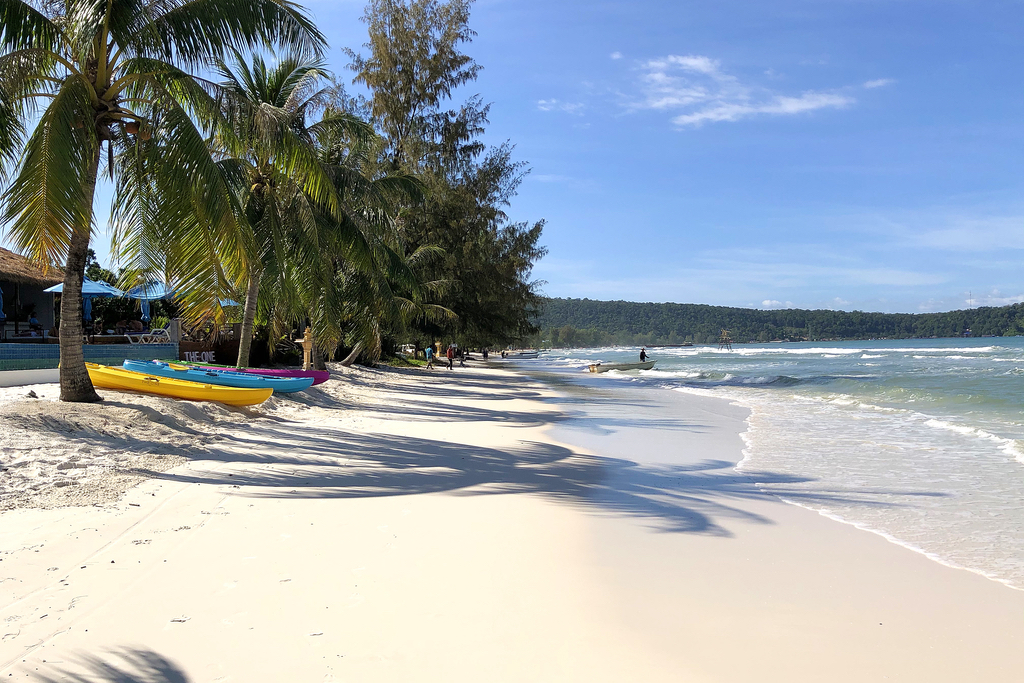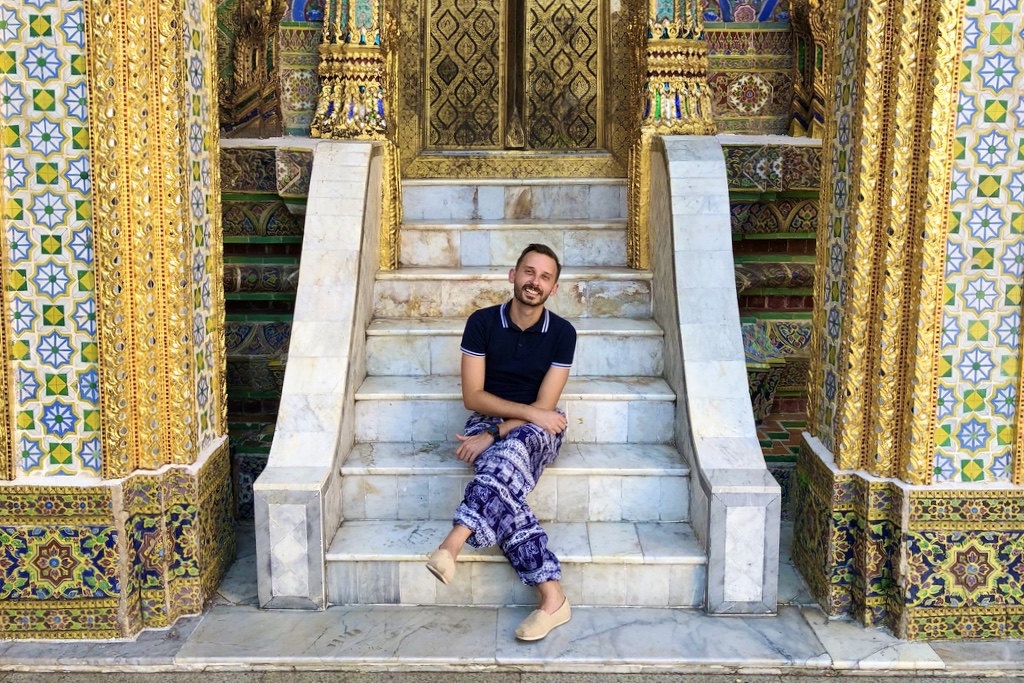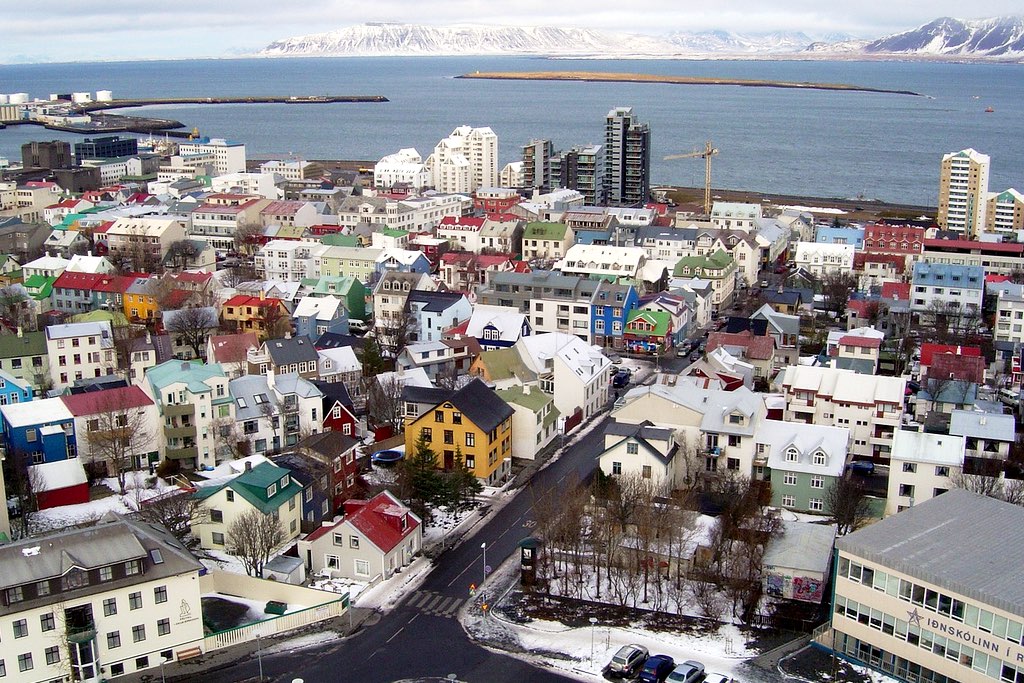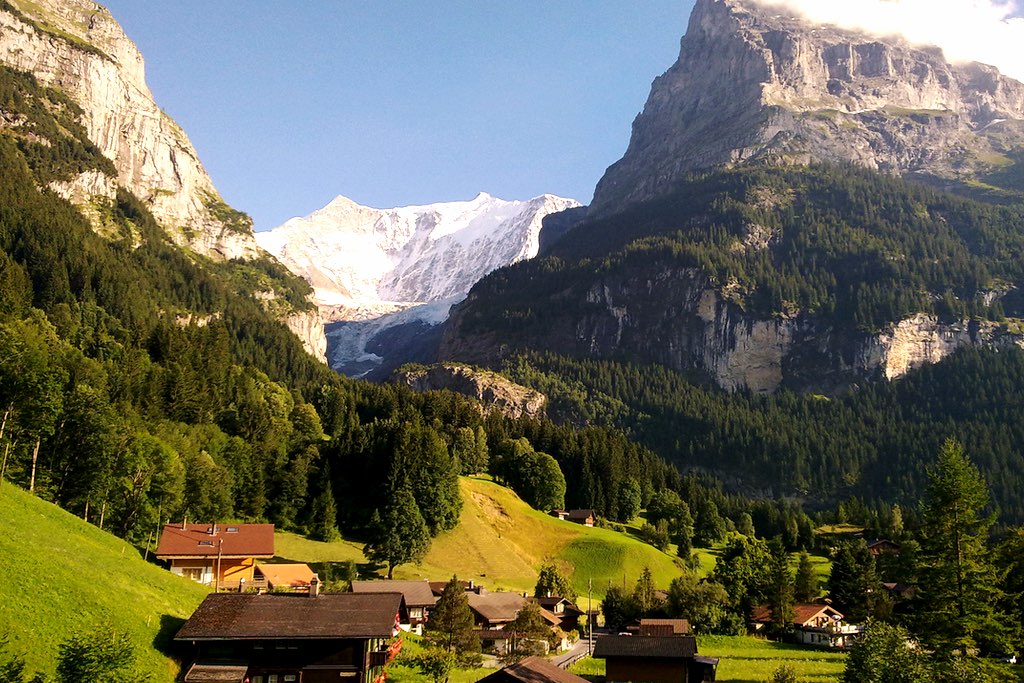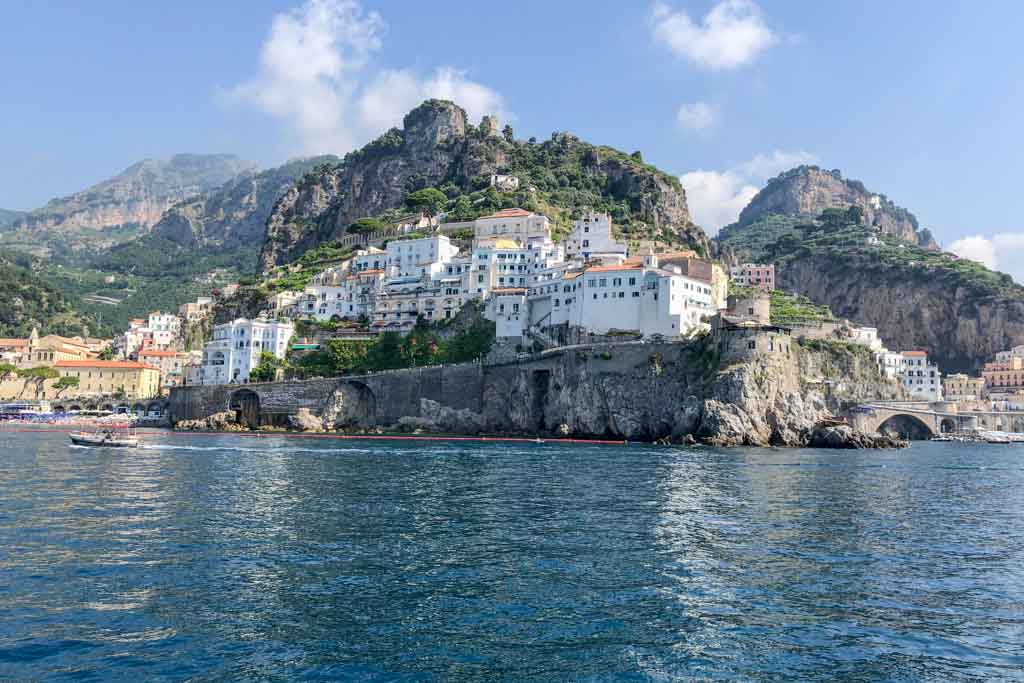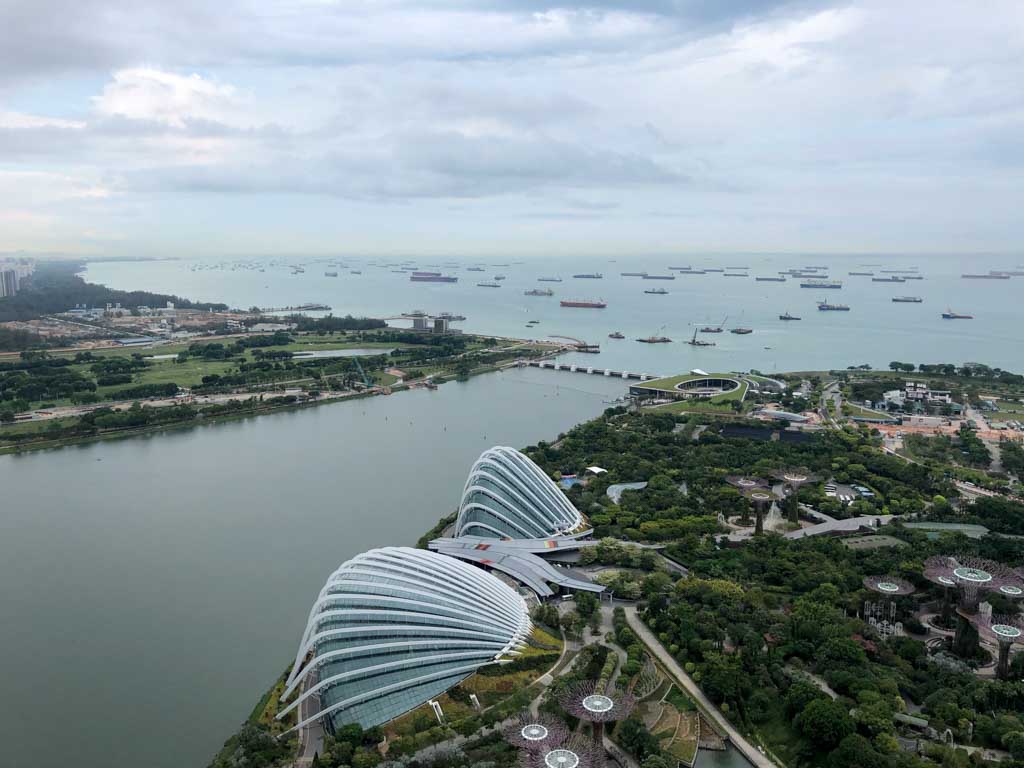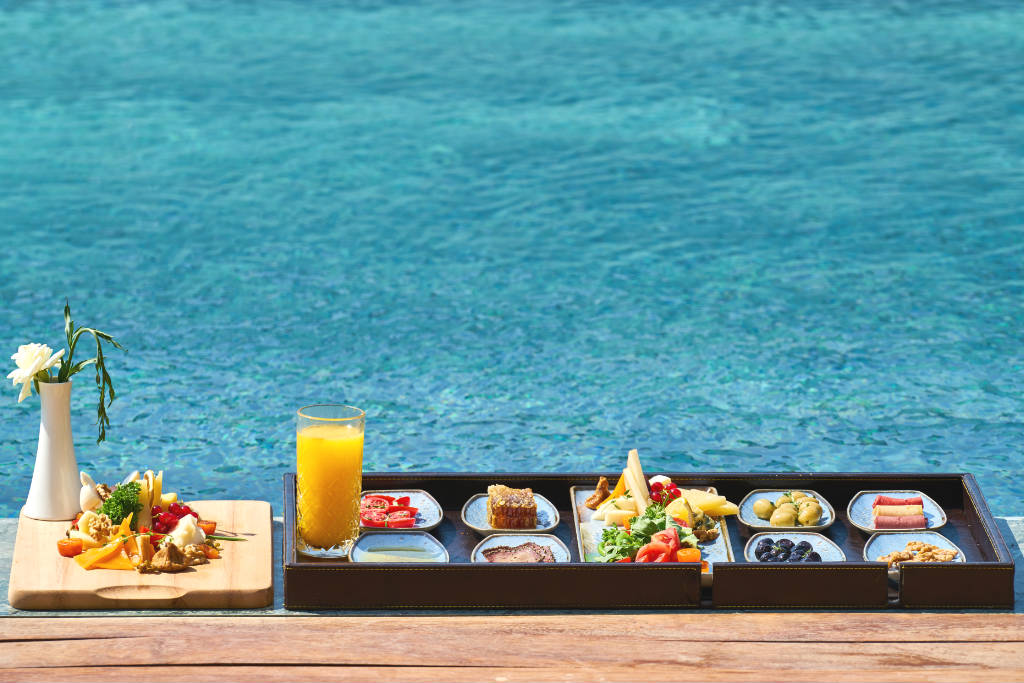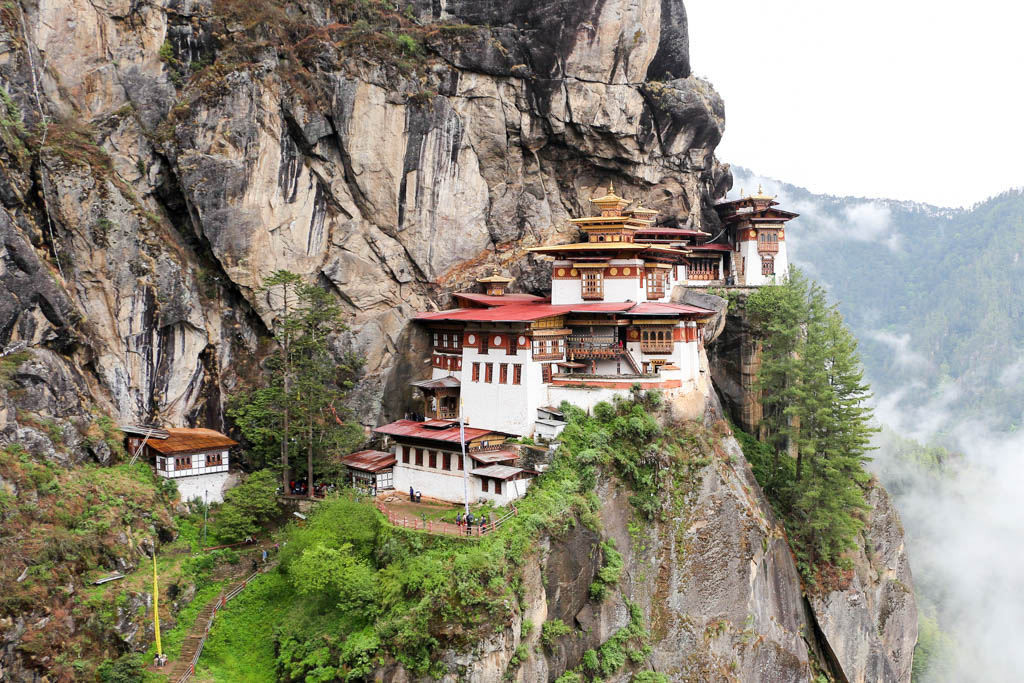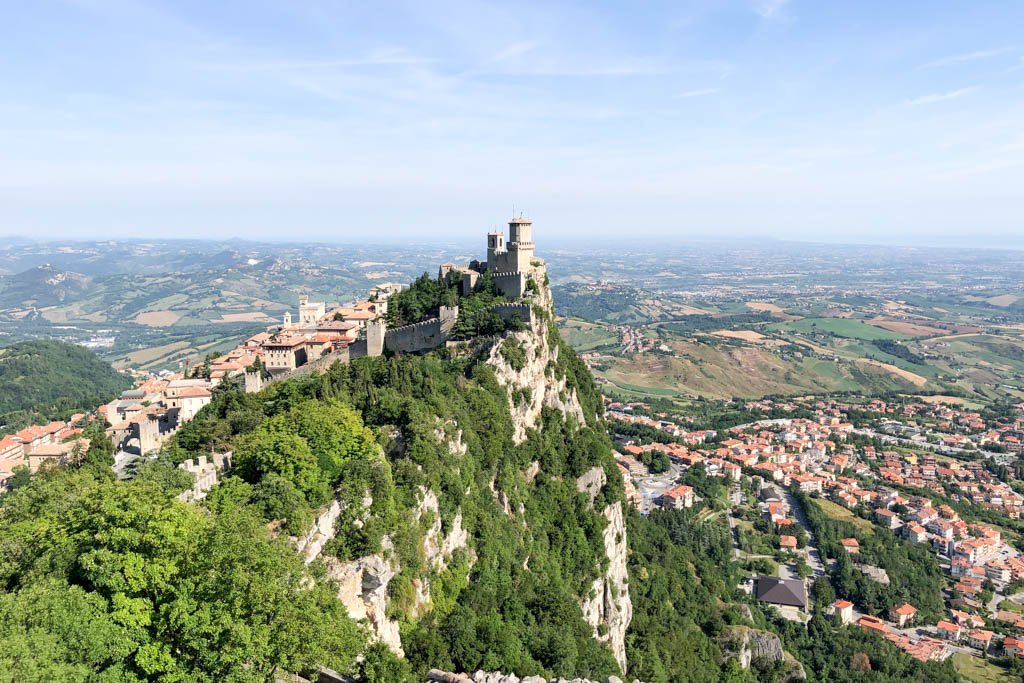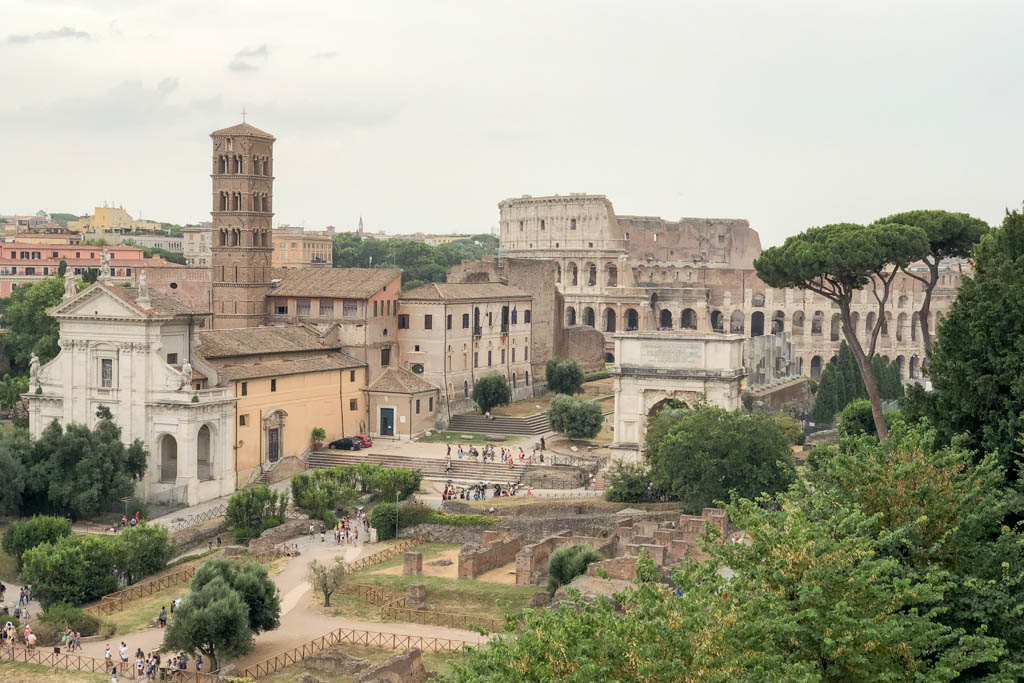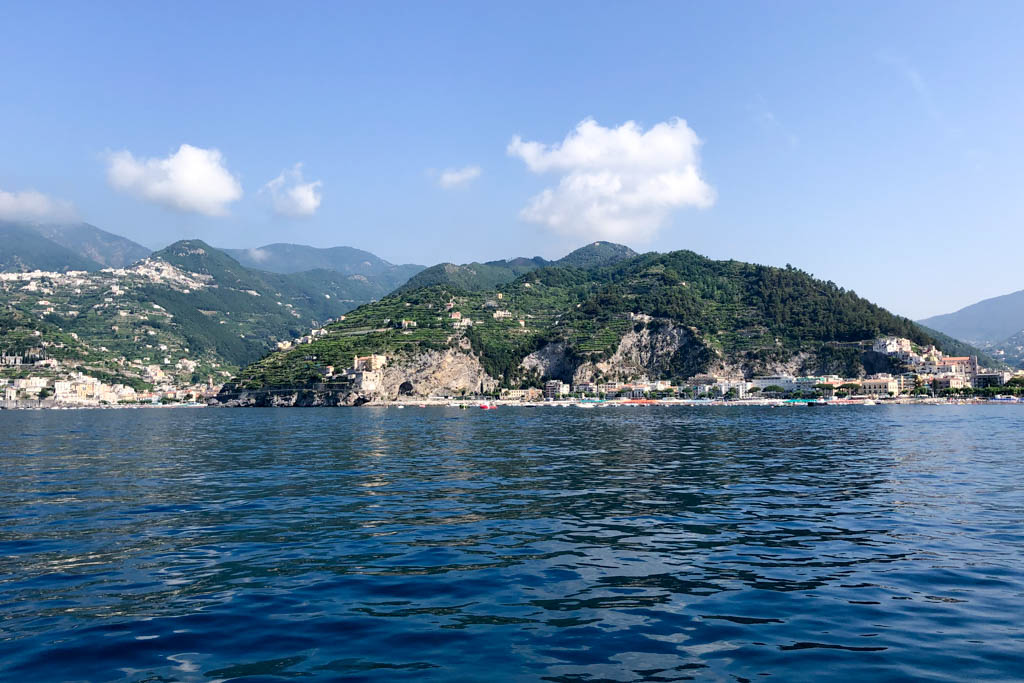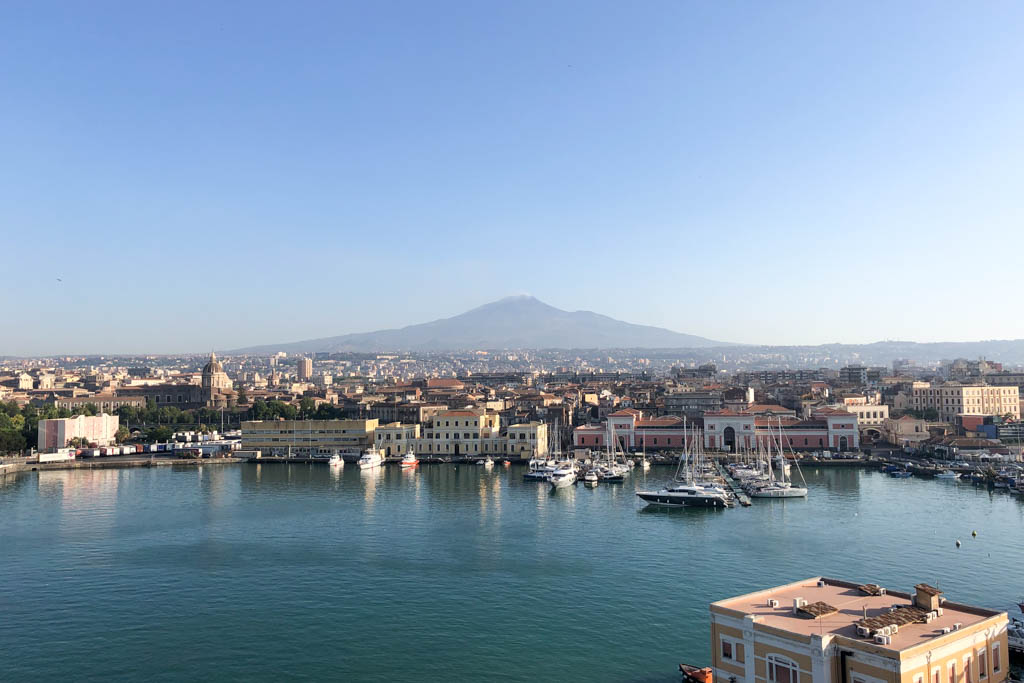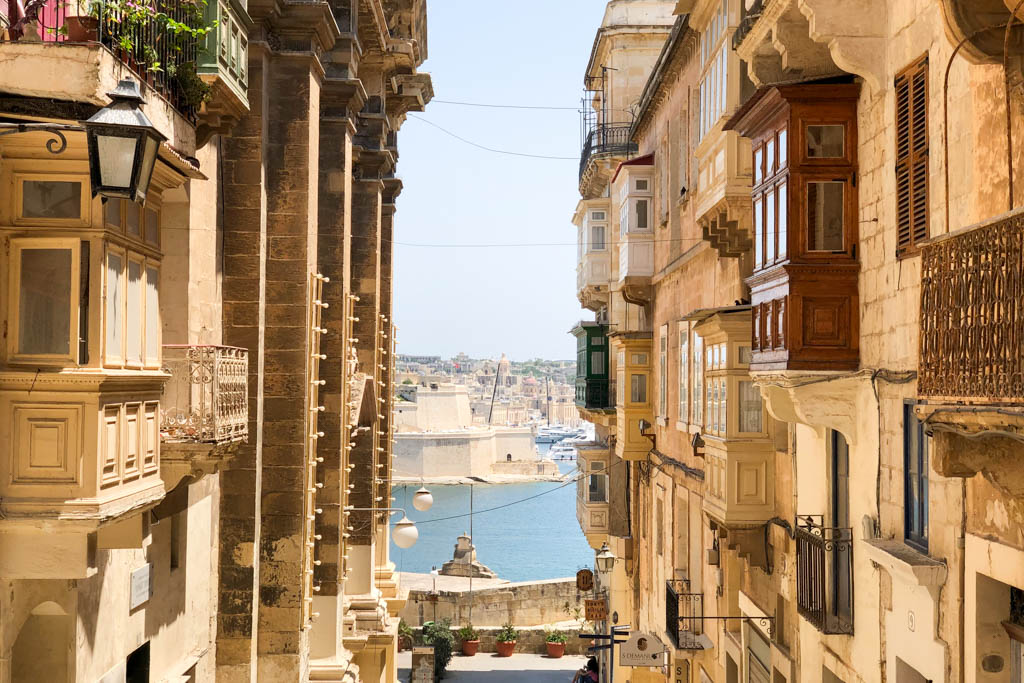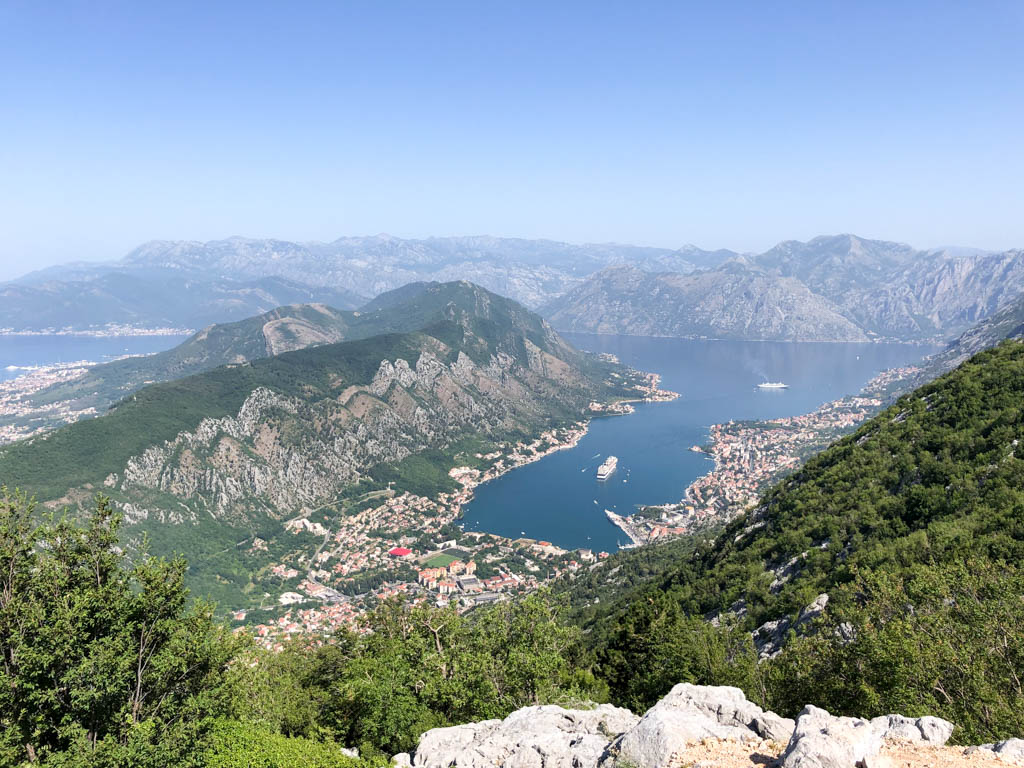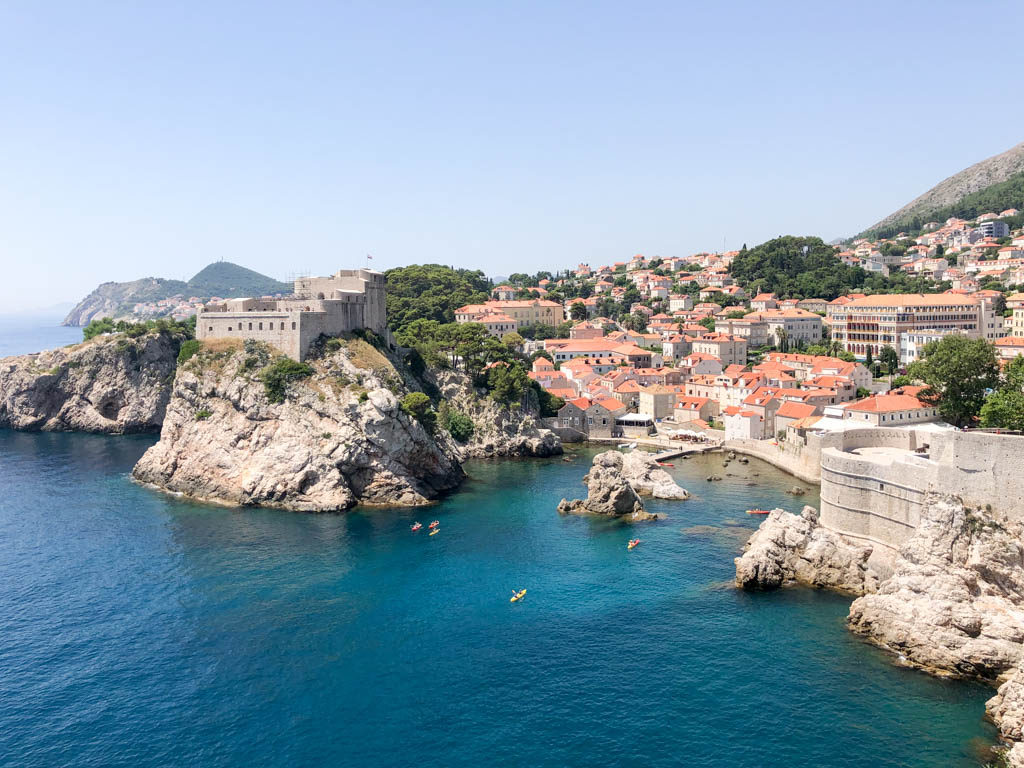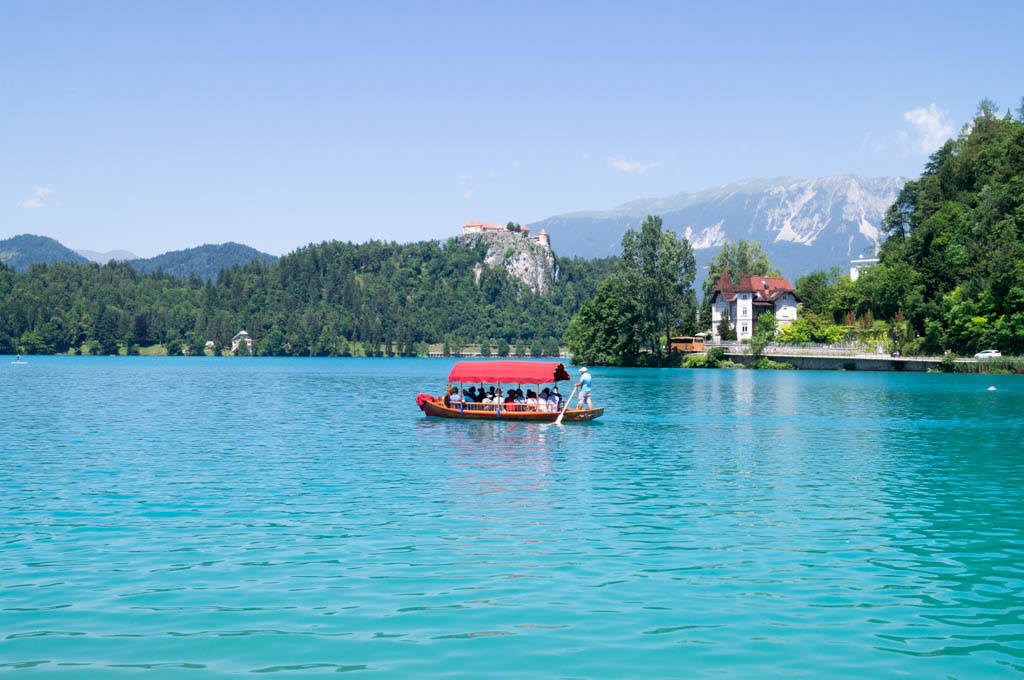During my study abroad, in 2010, I took a spring break trip with a couple of friends I met in France to Spain. We decided to get a taste of different regions throughout the country, and we decided on Barcelona, Malaga, and Madrid. In this part, I write part of the journey and recall my time in Malaga, Spain.
Malaga is in the Andalucía region of Spain and is the largest city. My flight on EasyJet was now landing in one of the oldest cities in Europe and one of the warmest. The latter was the reason alone that I had come to Spain for spring break. Back in France, winter was still churning along and it was already April. 2010 turned out to be a really cold spring for most of Europe, although Spain was still one of the warmest parts. I needed to get out far from the cold and into some relaxation and warmth.
We made it out of the airport and then drove towards the city center. It’s really a short taxi ride from the airport to the city. My friends and I elected to stay in a hostel just south of the city center and walk everyday. It was a great idea because this city is compact and so walk-able. We dropped our belongings at the hostel and then explored the city.



The people of Malaga have slightly different customs from other Spanish cities like Madrid, Barcelona or northern Spain. It also has the feel of a low-key beach city with Moorish, Islamic and ancient European buildings all around you. If you’re looking to escape winter and need a place in Europe, this is about the furthest south you can get.
Walking from the hostel our group headed north to the city center. In the shade it was a tad cold but once near the beach it felt instantly warm. The walk was enjoyable and I had become accustomed to walking wherever I went. This is simply what you spend much of your time doing while in Europe.
I would recommend coming for a couple of days, to a week, and see Malaga as well as the cities in the Andalucía region, like Seville and Granada. Personally I knew more about Granada and Seville than Malaga and was surprised I never really heard anything about Malaga prior. Seville and Granada are easily accessible by bus from the Málaga bus station (trains in Spain are not very reliable and not well covered, so the Spanish use buses). I recommend spending a day or two to explore those cities.
In the city center of Malaga we found history all around us. Old Spanish buildings in every directions and if you look up there’s an old Moorish fort, the Alcazaba, which you can climb and get a great overview of Malaga. Towards the beach there was an impromptu market taking place with hoards of people lining up. But first things first, we needed some sangria and food!
So we sat down at the Cheers Restaurant – Malaga, and ate some food, drank some sangria and watched our surroundings. I saw dozens of tourist climb the Alcazaba, the ancient fort that is one of the best preserved in Spain. The Alcazaba is only a few euros to get in and well worth it.



You can go even higher to visit the Castillo de Gibralfaro, a second moorish castle that is behind the Alcazaba and on an even higher hill. The climb is steep but the views are spectacular. You get to see a birds-eyes view of Malaga as well a peak inside the ancient Roman Theater that sits right below the Alcazaba and Plaza de Toros de la Malagueta, Malagas bullring.
Interesting to note, that Malaga is actually the birthplace of Pablo Picasso, a fact I learned while planning the trip down to Spain. The building that Picasso was born in houses some of his artwork and objects from his life. Just 600 feet away lies the Picasso Museum, where more of his artwork can be seen. Getting in is only a few euros. Right in the city center is the Catedral de Malaga or Malagas Cathedral. Only 5 euros!
In general everything in Malaga is actually reasonably priced. If you’re coming before tourist season, which is the summer, you can find great deals on hostels and hotels. In recent years, Malaga has become a touristy destination for Europeans trying to escape the cold. Coming before the tourist seaons and you will have the beaches and city mostly to yourself. La Malagueta beach is the most famous beach in Malaga but it’s actually not the nicest. Head to the northeast of the city to find beaches that are quieter and nicer. We ended up renting some bikes for 5 euros a day and riding the coast from La Malagueta to a more northeastern beach. The views were awesome and it was so cheap!
At night we decided to eat near downtown Malaga. I heard traditional Spanish music in the background while I ate some Iberian meat. The rest of my group had paella. I’m not sure why I wasn’t in the mood for paella but at the moment it just didn’t appeal to me although paella is what Spain is famous for. Of course you must have some sangria! Sangria in Spain is not like sangria made anywhere in the states; and it’s much cheaper.




During the days and nights they had some plays, festivities, and music near the beach at an outdoor stage. One lesson learned, is that the Spanish love to eat late and love to stay out late. Most of the time we saw people eat dinner as late as 8:30am and didn’t start venturing out until well past midnight. Although, to be fair, Malaga is a more slow-paced, beach type of city, so you won’t be seeing party crowds like you would in Barcelona. None the less, there is a chance to get your party on some point in your travels here.
I had a great time in Malaga and really enjoy a new side of Spain that I’ve never seen before. For people considering, it should be on the top of your lists while in Spain. Spain is cheap, the people are lovely and the cities are just as charming as any other European city. Bicycle riding through the city or on a beach, exploring thousand-year old forts, or just simply taking a stroll among old buildings is exciting in itself. It’s a great place to relax, be more humble and love life a little more.
images by: shawnvoyage


